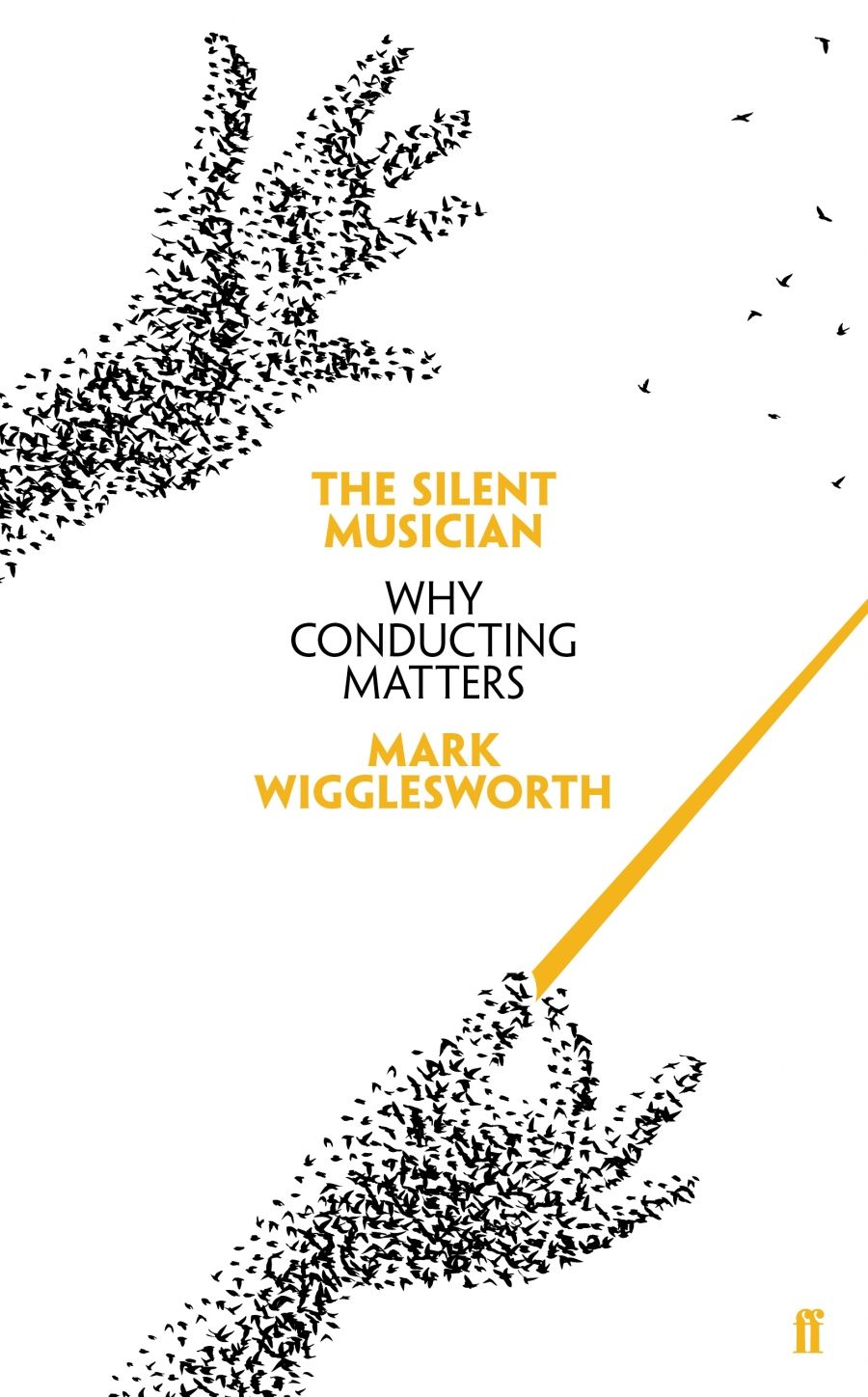
- Free Article: No
- Contents Category: Music
- Review Article: Yes
- Custom Highlight Text:
Of all the tributary footage screened in the days following the death of Bob Hawke, one short sequence jarred. In it, Hawke conducts the Sydney Philharmonia Choirs and orchestra in the ‘Hallelujah Chorus’ from Handel’s Messiah, jerking and twitching in response to ...
- Grid Image (300px * 250px):

- Alt Tag (Grid Image): The Silent Musician
- Book 1 Title: The Silent Musician
- Book 1 Subtitle: Why Conducting Matters
- Book 1 Biblio: Faber & Faber, $26 pb, 259 pp, 9780571337903
First curiosity: Michael Black, the chorus master of Opera Australia’s production of Peter Grimes some years ago, phoned me in Berlin to describe and laud the way Wigglesworth would follow director Neil Armfield around the rehearsal studio as Armfield did some of his horse-whispering with the cast, adding his own take on whatever issue arose. (I name names here for reasons we’ll get to.) This is uncommon practice in a world in which conductors often arrive late to a rehearsal period, only then to fight tooth and nail with the director over (artistic) dominance or pre-eminence.
This courtesy is what occasionally lets down the narrative. When reading about ‘an old recording of Verdi’s Requiem made by one of the more infamous tyrants’, it is not prurient of me to want to know whether Wigglesworth means Arturo Toscanini or actually has Wilhelm Furtwängler in mind. I also want to know the name of the Russian conductor who cancelled a concert because the final rehearsal had been so brilliant he thought it could never be bettered. Similarly, I think it is hardly a breach of taste for Wigglesworth to say whether or not he is referring to Claudio Abbado when he writes, ‘One or two of the most respected conductors have even been renowned for the boredom of their rehearsals.’ These details matter, for they flesh out both a musical role, which has only really been with us since the second half of the nineteenth century, and Wigglesworth’s ability to comment on this role with authority and authenticity. These people, these events, were real – or, the reader is entitled to ask, were they?
 Claudio Abbado (photograph by Max Kellenberger/Lucerne Festival)
Claudio Abbado (photograph by Max Kellenberger/Lucerne Festival)
The Silent Musician is slow to start – there is an enormous amount of throat-clearing in the prelims and first two chapters, a consequence of the book’s origins as an occasional blog for Gramophone – but then settles into a more grounded, poetic, and philosophical approach to the task at hand. Wigglesworth is terrific on tempo, for example, a curiously complex part of the job. ‘The stereotypical reason that young conductors often conduct faster than old conductors is simply that their heart is beating faster. The stress of doing something for the first time creates an adrenalin rush that distorts your sense of time.’ So far so good, but Wigglesworth unpacks these truisms to explain what age has brought him: a more rational heartbeat; a dislike of performances lasting the same duration every time regardless of musicians or hall or audience; an understanding that people ‘listen to music in part to escape the tyranny of the clock of life, subjugating the tick-tock of reality to the illusion of something less mundane’. Nice.
There are quirks in his thinking. The three ‘easily defensible’ periods of operatic stagings, he argues, are the date the piece was written, the date it is set, or today. He justifies this eccentric view by saying that a conductor would never ask an orchestra to imagine it was performing the piece in the 1920s, so it incongruous to ask singers to do the same. Yet these are two completely different aesthetic arguments. Historically informed performance is interested in the first of Wigglesworth’s frameworks – the date the piece was written – and has no interest in the second. If Verdi’s Otello can plausibly be set in 1604, 1886, and 2019, it seems perverse not to explore how the opera’s themes might play out, for instance, in 1920s Italy.
Largely, this is a book by a literate musician interested in demystifying a profession in the hope that it will long continue. He is right to argue that the classical music industry is sowing the seeds of its own demise through its concentration on an ever-narrowing band of repertory. The Los Angeles Philharmonic has for two decades or so shown the way around such thinking, forging relationships with living composers, demanding that audiences treat the resulting works with the seriousness and respect that their predecessors did when encountering operas by Verdi or symphonies by Brahms. Who will follow its lead?


Comments powered by CComment